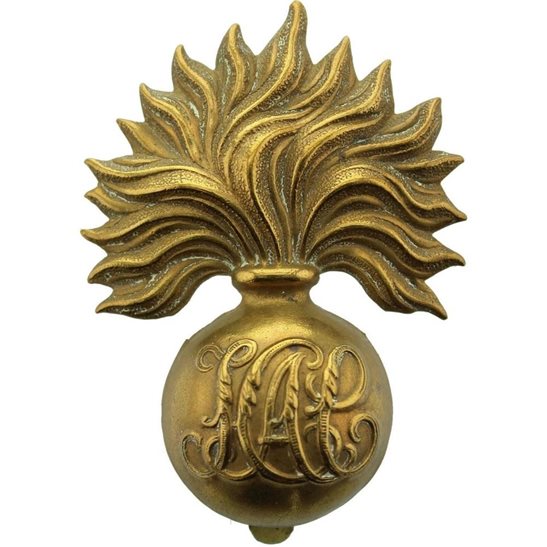Personal Details
Born: Birth registered last quarter of 1884 in Birkenhead, Cheshire.
Family: Only child of William Wynne, a canal company clerk, and his wife Mary. Bernard married Ada Williams during the third quarter of 1922 and the marriage was registered in Oswestry. No children can be found for this marriage.
Residence: At the time of the 1891 census the family were living at 94 Argyll Street South, Tranmere, Birkenhead. Ten years later their address was the Shropshire Union Canal Warehouse at Wardle, Nantwich, Cheshire. By 1911 Bernard and his parents had moved to Whitchurch, Shropshire and were living at 42 Wrexham Road and it was this address that appeared on the 1919 Absent Voters’ list for him. In 1939 Bernard and Ada were residing at 31 Walton Heath Road, Lr Walton, Runcorn, Cheshire and they were still there in 1951.
Employment: In 1901 Bernard was working as a clerk for the canal company and was still in the same occupation in 1911. The 1939 Register listed him as a railway clerk.
Died: Aged 66 on 7 April 1951, the death was registered in Runcorn.
Military Details
Regiment: Honourable Artillery Company
Rank: Private
Service Number: 9857
Date of Enlistment: 9 January 1917
Date of Discharge: 10 October 1919
Reason for Discharge: Not known
Other Information: Disembarked in Le Havre, France on 28 March 1917
Bernard was awarded the Campaign Medals (British War Medal and Victory Medal)

The British War Medal (also known as 'Squeak') was a silver or bronze medal awarded to officers and men of the British and Imperial Forces who either entered a theatre of war or entered service overseas between 5th August 1914 and 11th November 1918 inclusive. This was later extended to services in Russia, Siberia and some other areas in 1919 and 1920. Approximately 6.5 million British War Medals were issued. Approximately 6.4 million of these were the silver versions of this medal. Around 110,000 of a bronze version were issued mainly to Chinese, Maltese and Indian Labour Corps. The front (obv or obverse) of the medal depicts the head of George V. The recipient's service number, rank, name and unit was impressed on the rim.
The Allied Victory Medal (also known as 'Wilfred') was issued by each of the allies. It was decided that each of the allies should each issue their own bronze victory medal with a similar design, similar equivalent wording and identical ribbon. The British medal was designed by W. McMillan. The front depicts a winged classical figure representing victory. Approximately 5.7 million victory medals were issued. Interestingly, eligibility for this medal was more restrictive and not everyone who received the British War Medal ('Squeak') also received the Victory Medal ('Wilfred'). However, in general, all recipients of 'Wilfred' also received 'Squeak' and all recipients of The 1914 Star or The 1914/1915 Star (also known as 'Pip') also received both 'Squeak' and 'Wilfred'. The recipient's service number, rank, name and unit was impressed on the rim.

